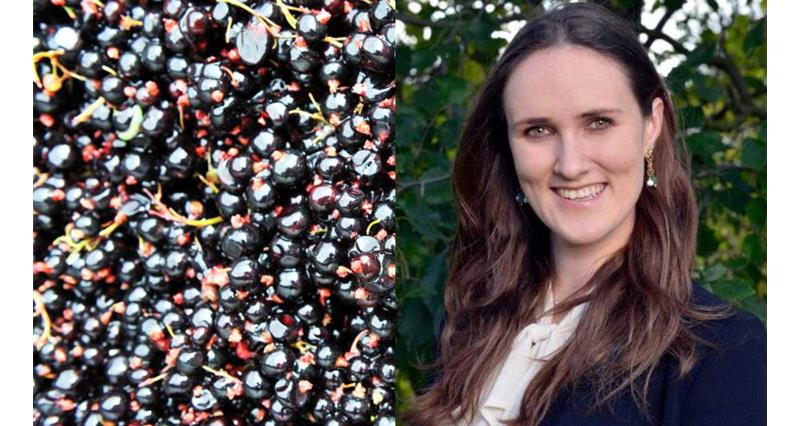She writes:
With multiple studies reinforcing this message, isn’t it time that consumers stood up and took note?
While scientists debate what exactly it is in blackcurrants that make them such a superfruit, many suspect that anthocyanins (the pigment that makes blackcurrants purple) are the key. Indeed, industrial biotech companies are looking to blackcurrants to extract the DNA that produces anthocyanins to develop new products. Others think that it is the unique combination of anthocyanins with their high vitamin/mineral content (100% vitamin C, 100% vitamin K, 10.3% Calcium and 13.3% Iron) that makes blackcurrants so profoundly exciting.
Researchers have looked at the impact of blackcurrant consumption on cardiovascular diseases, showing that eating (or drinking) the equivalent of a small handful of blackcurrants (100g) relaxes the arteries thereby reducing blood pressure. This has the potential to contribute significantly to reducing the £15bn burden that cardiovascular diseases are having on our already stretched NHS.
The catch? Blackcurrants need to be eaten/drunk on a daily basis to feel the health benefits.
Blackcurrant consumption has also been shown to help regulate blood sugar spikes: particularly important for those with Type 2 diabetes which costs the NHS £11.7bn per year. Studies in animals have shown that blackcurrant consumption modulates weight gain and has even been shown to help those with erectile dysfunction.
For those of a sporting inclination, blackcurrants have been linked to reduction of oxidative stress within just five weeks of daily consumption, leading to a faster recovery time. Sporting performance has also been shown to improve: after just seven days of powdered blackcurrant consumption (6g per day), the blood lactate curve was reduced.
So why aren’t we eating blackcurrants in abundance? And how can the blackcurrant sector maximise the potential of these positive messages?
Clever marketing has a large part to play. Looking at previous successes, conquering the health food market would provide an exciting and lucrative new outlet for blackcurrants. Eaten fresh, juiced, as an additive to other foods or as a supplement provides a number of options for producers to exploit.
Growers and breeders have a part to play in capitalising on this market by improving their product even further by developing varieties that meet consumer ideals of what constitutes a health food: reduced acidity, reduced sugar, higher anthocyanin content.
The NFU’s Fit for the Future Report shows the importance of eating more fruit and vegetables and offers recommendations on how different parts of the supply chain can facilitate this.
As the rhetoric around healthy eating grows, blackcurrants are in prime position to maximise their advantage and help consumers reach their 5-a-day target and the health benefits that come with it.
See also:
- Read more of our expert staff blogs
- The long road to mandatory origin labelling, insight from Lorna Hegenbarth
- Farm visits reconnect children with their food, writes Mark Pope
- The WFU may be gone, but its message is more important than ever, says NFU Deputy President Minette Batters
- GM foods are safe, writes the NFU's chief science adviser Dr Helen Ferrier
- Ambitious plans for Digital Economy Bill by Suzanne Clear, our senior adviser on planning and rural affairs
